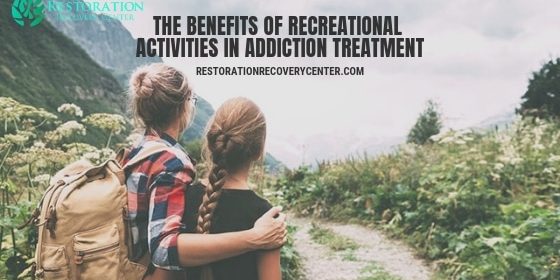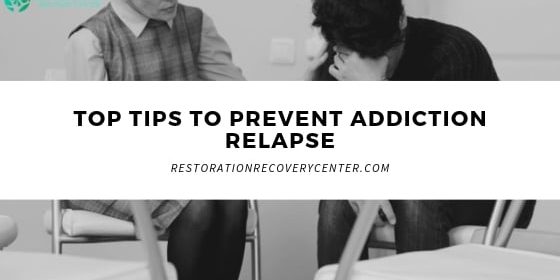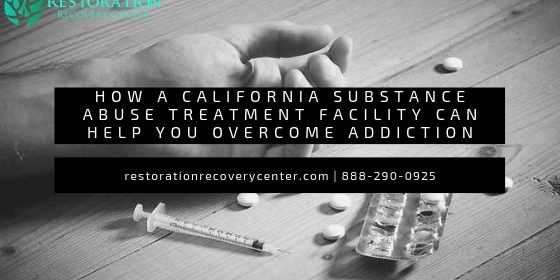Understanding and Handling Midlife Substance Abuse
Midlife is a time of great transition: physical, social, and emotional. It is the period in which people often experience major life changes that can involve significant losses, changes in careers, divorce, illness, and death. Many find it hard to cope with these changes and turn to alcohol or drugs to numb their pain and discomfort.
As life transitions become more complicated later in life, such as loss of employment or retirement, some older adults do the same. Such acts can lead to a severe issue if not addressed swiftly and appropriately. Our article will review the warning signs of SUD, challenges of midlife, and ways to manage these challenges.
The Data Behind Midlife Substance Use
The prevalence of substance use disorder (SUD) among older adults is rising. For instance, the growing middle-aged and elderly population of the United States uniquely has increased rates of substance use in later years when compared with previous generations. The National Institute of Drug Abuse (NIDA) reported that over 1 million middle-aged and older Americans live with a SUD. The data also shows:
- Nine hundred eighty thousand cases involved alcohol.
- About 160,000 cases involved illicit drugs such as marijuana and cocaine.
- From 2000 to 2012, the proportion of older adults entering substance-abuse treatment facilities nearly doubled, increasing from 3.4% to 7.0%.
Most Common Substances Used
- Alcohol: A study published in 2020 found that recent increases in alcohol consumption have been more significant for people aged 50 and older, who may be developing alcohol-related problems later in life. The prevalence of binge drinking is increasing for middle-aged and older.
- Marijuana: Many adults use marijuana, including middle-aged, to relieve various mental issues like stress, depression, anxiety, and loneliness. Others may take medical marijuana to alleviate their physical ailments like cancer. However, it can cause you to develop an addiction.
- Prescription Medicines: People in this age group may take prescription drugs to manage chronic pain, anxiety, depression, or other illnesses. These drugs, including pain relievers, stimulants, sedatives, and tranquilizers, pose abuse risks. Other dangerous risks can arise from accidental misuse of prescription drugs and mixing drugs.
- Opioids and Heroin: Opioids are a class of painkillers including morphine, methadone, oxycodone, codeine, and fentanyl that doctors prescribe for pain relief. Unfortunately, some people continue to take these opioids past their physical recovery. NIDA reported that a growing number of older people in the United States are misusing opioid drugs. Between 2013 and 2015, the proportion of people aged 55 and over seeking treatment for opioid use disorder increased by about 54%. The ratio of older adults using heroin—an illicit opioid—more than doubled because it is relatively less expensive than purchasing pain medications.
Reasons Behind Substance Use in Midlife
Many people experience significant life changes in midlife, such as divorce, illness, financial setbacks, and other demands. It’s not uncommon for people to turn to substance use to cope or fill the void in their lives. We encourage adults at midlife to face these common challenges head-on and focus on meeting their personal needs. Some common challenges include:
- Loss of identity: For some people, middle-age brings the loss of self-identity. The middle-aged can feel a lack of fulfillment, a desperate need for gratification, and a general urge to fill the void with something that will make them feel alive. In this time of uncertainty, some question their past decisions, achievements, and identity in general.
- Lack of social support: Social connections play a crucial role in wellbeing. Social relationships help people cope with life changes and prevent feeling isolated and depressed. Too often, loneliness leaves a void that causes some to seek substance use to fill.
- Lack of financial security: They may worry about their retirement fund, their children’s college funds, or the mortgage. Many face unemployment or layoffs and feel powerless to address their problems. Overwhelmed, these demands can lead individuals to escape from reality by abusing alcohol or drugs rather than dealing with problems head-on.
- Loss of loved ones: Loss is a problem that many midlife adults face as they cope with the death of loved ones, divorce, or other significant events and relationships. The shock of these events can sometimes lead to substance abuse as an outlet for pain and fear.
Signs of Midlife Substance Use and Addiction
Substance use can be insidious. Recognizing the signs and symptoms of substance use in your loved ones is the first step toward getting them help. Here are some signs to look out for that may signal that your loved one needs help:
- Missing or decreased interest in their family, friends, career, hobbies, and pastimes
- A significant change in mood or personality
- Social withdrawal, anxiety, and depression
- Changes in sleep patterns or changes in eating habits
- Poor performance at work or with other essential responsibilities
- Behaviors such as reckless driving, unsafe sex, and risky gambling
These signs occur as substance use takes prevalence in the person’s life. When substance use takes such prominence, that means for the person:
- Continual use of substances despite adverse consequences
- Using drugs or alcohol in secret
- Feeling out of control regarding drug or alcohol use
- Feelings of guilt or shame related to drug or alcohol use
- Spending more time using or thinking about substances over all else in their lives
- Feeling like drugs or alcohol is the only thing making life worth living
Treatment Options for Adults With Midlife Substance Abuse
A range of treatment options is available for middle-aged adults with substance abuse problems, like residential treatment programs. Treatment facilities provide a structured environment, supervision, evidence-based counseling, holistic services, medically-supervised detoxes, and group therapies. No matter how severe your substance abuse problem is, it’s never too late to make a change!
Many middle-aged adults face significant challenges entering the second half of life. Some struggle with divorce, health issues, parental dynamics, emotional issues, professional pressures, and financial issues. To cope with these stresses, some people turn to drugs or alcohol. The most common substances used by midlife adults include alcohol, marijuana, prescription medication, and opioids such as heroin. The path to recovery is best discussed with a medical professional as it involves a specific approach for each individual. Treatment options are very individualized and depend on the person’s needs, lifestyle, and other factors such as mental health history or co-occurring disorders. Restoration Recovery of Massachusetts offers many addiction treatment options, including medically assisted detoxification, evidence-based therapies like Cognitive Behavioral Therapy, holistic services, intensive outpatient treatment, and inpatient treatment. Please call (888) 290-0925 to learn more about our programs and how we can help you or your loved one recover from substance use disorder.






